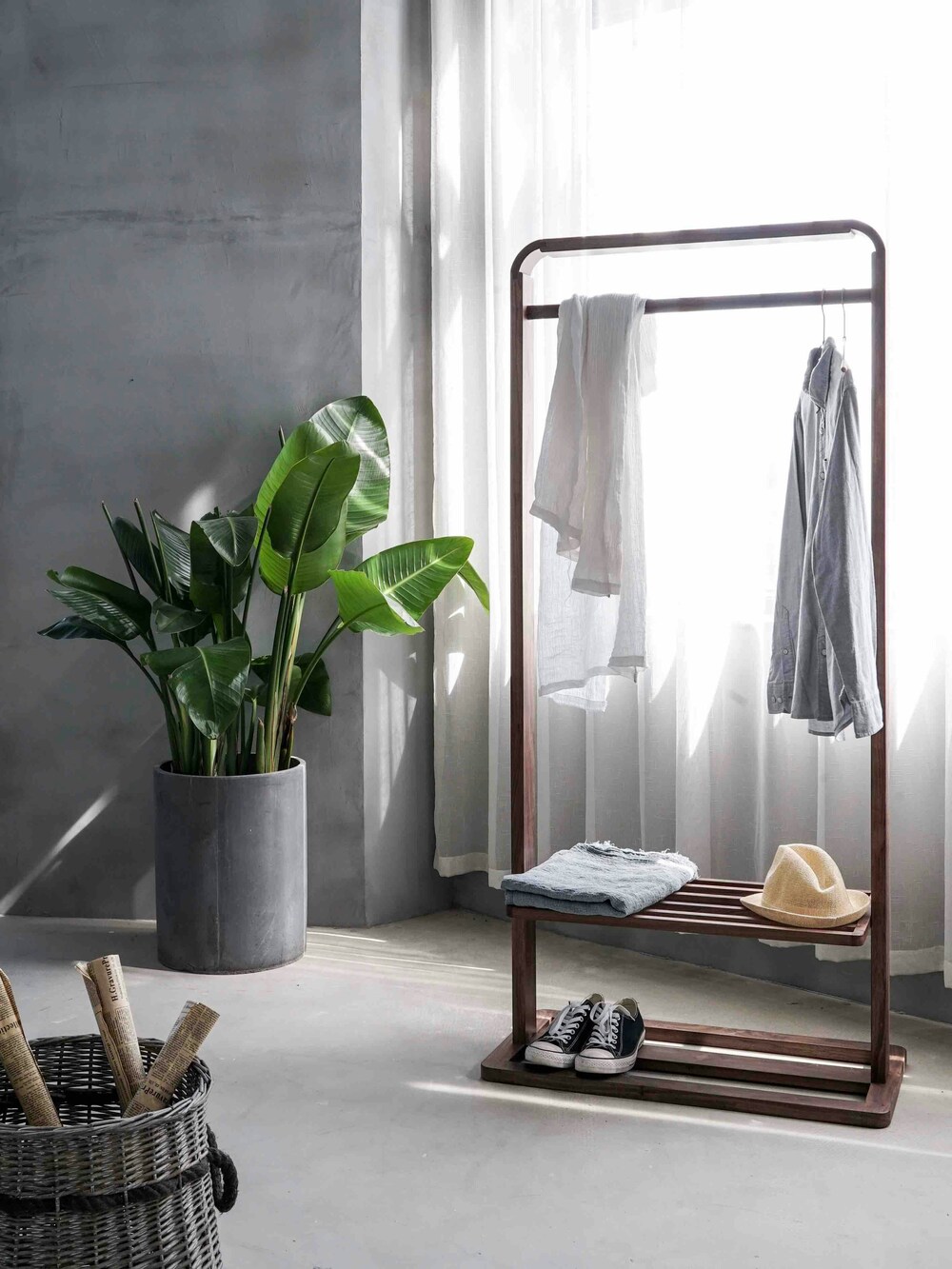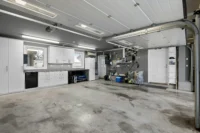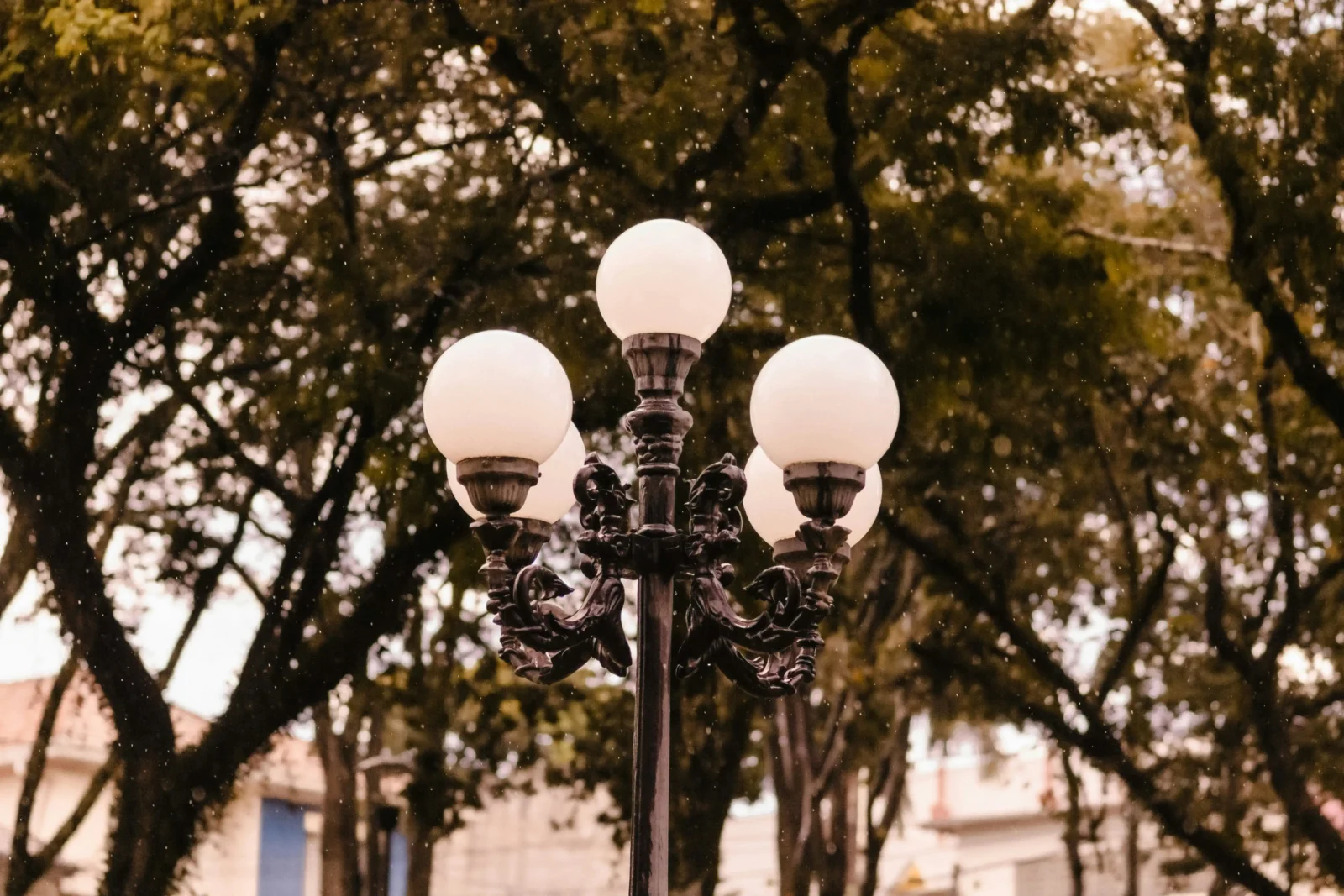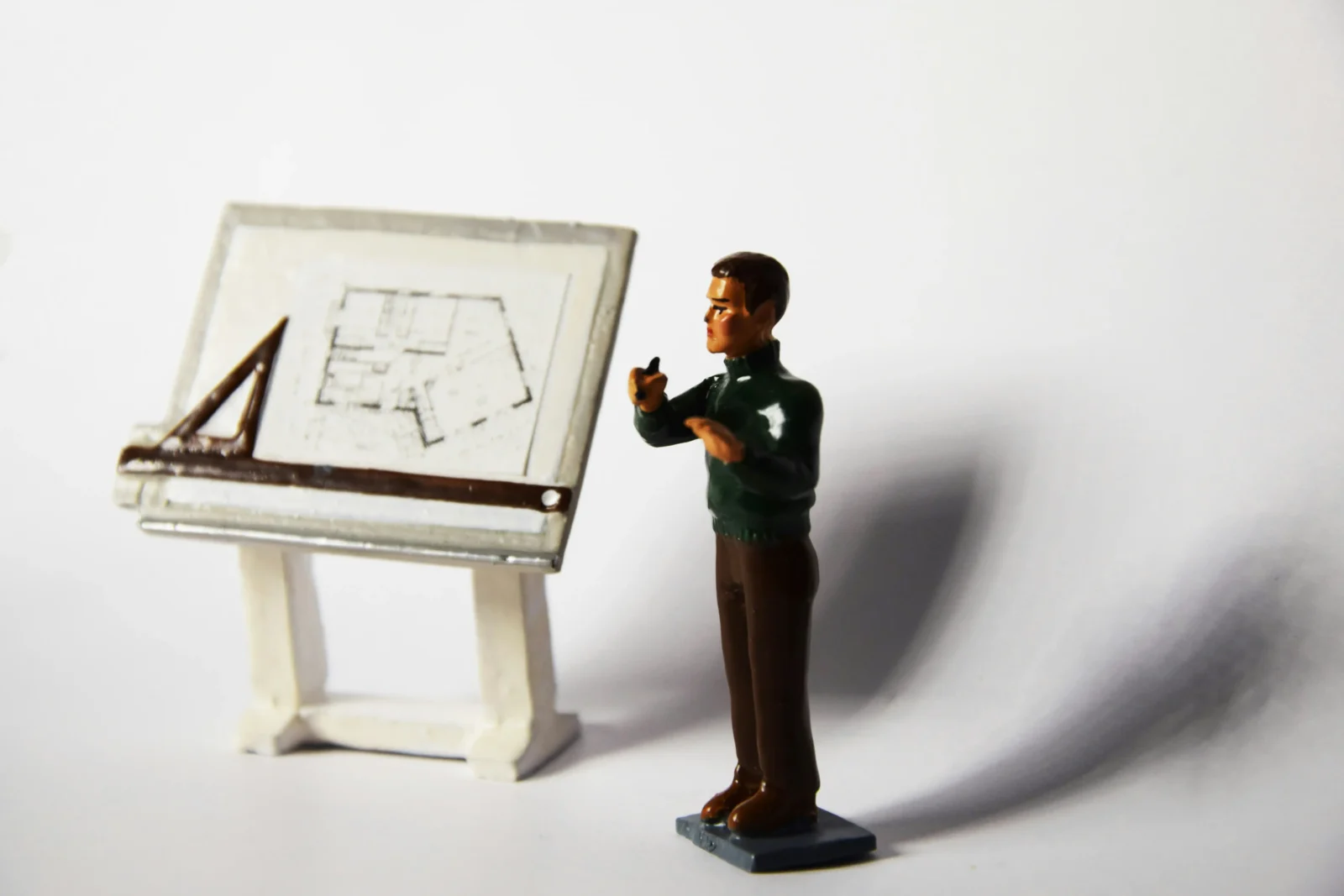- Home
- Articles
- Architectural Portfolio
- Architectral Presentation
- Inspirational Stories
- Architecture News
- Visualization
- BIM Industry
- Facade Design
- Parametric Design
- Career
- Landscape Architecture
- Construction
- Artificial Intelligence
- Sketching
- Design Softwares
- Diagrams
- Writing
- Architectural Tips
- Sustainability
- Courses
- Concept
- Technology
- History & Heritage
- Future of Architecture
- Guides & How-To
- Art & Culture
- Projects
- Interior Design
- Competitions
- Jobs
- Store
- Tools
- More
- Home
- Articles
- Architectural Portfolio
- Architectral Presentation
- Inspirational Stories
- Architecture News
- Visualization
- BIM Industry
- Facade Design
- Parametric Design
- Career
- Landscape Architecture
- Construction
- Artificial Intelligence
- Sketching
- Design Softwares
- Diagrams
- Writing
- Architectural Tips
- Sustainability
- Courses
- Concept
- Technology
- History & Heritage
- Future of Architecture
- Guides & How-To
- Art & Culture
- Projects
- Interior Design
- Competitions
- Jobs
- Store
- Tools
- More
The Intersection of Body Art and Architecture: How Tattoos Inspire Modern Design Trends

When thinking about art, most people wouldn’t immediately connect tattoos and architecture. But these two forms of expression have more in common than meets the eye.
Both are deeply rooted in creativity, storytelling, and personal expression. While one might use the human body as a canvas, the other uses physical space.
Yet, they share a surprising number of similarities. Recently, the boundaries between these two art forms have started to blur, giving rise to modern trends where architectural designs inspire tattoos and tattoo art influences architectural aesthetics.
Table of Contents
ToggleHistorical Parallels Between Architecture and Tattoos
Architecture and tattoos have long been used to convey identity, status, and cultural beliefs. Consider the grand temples of ancient civilizations, often adorned with intricate carvings and symbols that told the stories of gods, heroes, and everyday life. Similarly, tattoos in many cultures served as visual narratives of personal and communal histories.
For example, tribal tattoos often symbolized rites of passage, achievements, or connections to specific clans or gods.
These historical parallels reveal a shared emphasis on geometry and symmetry. Just as architects carefully balance their designs to create harmony in structures, traditional tattoo artists have always considered the body’s natural lines and forms when placing their artwork.
The precision of Egyptian pyramids and the mathematical patterns found in Gothic cathedrals echo the meticulous planning that goes into a perfectly placed sleeve or back tattoo.
Today, this connection between body art and architecture continues.
Modern tattoo designs frequently draw on architectural elements, such as the clean lines of Bauhaus buildings or the intricate details of Baroque cathedrals. It’s not just about borrowing aesthetics but about telling stories that resonate deeply with both the tattooed and the viewers.
The Architectural Influence on Modern Tattoo Designs
In the world of modern tattoos, architecture has become a rich source of inspiration. Tattoo artists increasingly incorporate structural elements into their designs, creating tattoos that look more like blueprints or pieces of contemporary art.
Geometric tattoos are a perfect example of this trend. Inspired by the precision of architectural blueprints, these tattoos use shapes, lines, and angles to create designs that are both minimalist and complex. This style often mirrors the clean, functional lines seen in modern architecture, where form follows function.
Another popular trend is the minimalist tattoo, which draws directly from the principles of modern architecture. These tattoos focus on simplicity and clarity, using as few lines as possible to convey a design.

They are reminiscent of the sleek, unobtrusive structures found in cities like Tokyo or Copenhagen, where every detail serves a purpose, and nothing is included without reason.
Some tattoo artists even take direct inspiration from iconic buildings or architectural styles. Imagine a tattoo that mirrors the intricate ironwork of the Eiffel Tower or the flowing curves of Gaudí’s Sagrada Família. These designs are not just artistic; they are deeply personal, often chosen by individuals who feel a strong connection to the architecture that inspires their ink.
Tattoos as Architectural Elements in Design
As tattoos gain popularity as a form of personal expression, their influence is also spilling over into the realm of architecture. Designers are increasingly incorporating tattoo-inspired motifs into their projects, whether in interiors or exteriors, bringing a sense of individuality and creativity to spaces.
Take, for instance, the rise of tattoo-inspired patterns in decorative elements. Interior designers are using wallpaper, textiles, and even furniture that feature motifs traditionally found in tattoo art. These patterns can range from intricate mandalas to bold tribal designs, adding a layer of depth and personality to a space that might otherwise feel sterile or impersonal.
Buildings themselves are also starting to reflect this trend. Some architects are experimenting with facades that mimic tattoo designs, creating structures that feel alive and dynamic. Imagine a building with a mural that stretches across multiple stories, its design inspired by traditional Polynesian tattoos.
This not only adds visual interest but also connects the building to the cultural heritage of the area where it stands.
The symbolism of tattoos, long associated with personal milestones or identity, is being mirrored in architecture as well. Just as a tattoo can tell the story of the person wearing it, a building can tell the story of the community it serves. This merging of tattoo art and architecture opens up new possibilities for creative expression, making spaces feel more personal and meaningful.
The Cultural Significance of Tattoos and Architecture
Tattoos and architecture both serve as powerful tools for storytelling and preserving cultural heritage.
Tattoos have always been a way for individuals to express their identities, mark significant life events, or pay homage to their ancestors. Similarly, architecture often preserves the history and culture of a community, serving as a physical reminder of the past while also shaping the future.
In many cultures, tattoos are more than just body art; they are symbols of pride, resistance, and belonging. For example, the Māori people of New Zealand use traditional tattoos known as moko to signify social status, family lineage, and personal achievements. These tattoos are not just decorative; they are deeply tied to the wearer’s identity and heritage.
Architecture, too, carries deep cultural significance. Think of the ancient temples in Southeast Asia or the cathedrals of Europe. These structures are not just buildings; they are symbols of the cultures and religions that built them. They tell stories of faith, power, and community, much like the tattoos that adorn the bodies of those who worship there.
In today’s world, both tattoos and architecture continue to evolve while staying rooted in their cultural origins. The resurgence of traditional tattoo styles, such as Japanese Irezumi or American Traditional, reflects a desire to connect with cultural heritage, even as these styles are adapted for modern tastes.
Similarly, contemporary architecture often incorporates elements of traditional design, blending old and new to create spaces that feel both timeless and cutting-edge.
The Future of Tattoos and Architecture: A Collaborative Art Form?
Looking ahead, it’s exciting to think about how tattoos and architecture might continue to influence each other. As both art forms become more intertwined, we could see even more collaboration between tattoo artists and architects, leading to innovative designs that push the boundaries of what’s possible.

There’s already a growing interest in collaborative projects that bring together these two disciplines. Imagine a building designed in collaboration with a tattoo artist, where the entire structure is conceived as a piece of body art, with lines, shapes, and motifs flowing seamlessly from one section to the next.
This could create a new type of architecture that is both visually striking and deeply personal.
Emerging trends suggest that we’re only at the beginning of this creative exchange. As technology advances, architects might use tattoo-inspired designs in ways we can’t even imagine yet. Virtual reality could allow people to “wear” buildings, experiencing architecture in a completely new way.
This blending of tattoos and architecture also has the potential to influence design philosophies.
As more people seek to express their identities through the spaces they inhabit, architects and designers will need to think creatively about how to incorporate personal expression into their work. This could lead to a more personalized approach to architecture, where buildings are designed to reflect the unique stories of the people who live or work in them.
In the meantime, tattoo removal in Hamilton might see a new clientele—architects who change their minds about the designs they’ve committed to ink or skin.
The creative possibilities are endless, and it’s clear that tattoos and architecture have a lot to learn from each other.
Conclusion: A New Dimension in Art and Design
This intersection of tattoos and architecture is more than just a trend; it’s a new way of thinking about art, design, and personal expression.
As these two forms continue to inspire each other, they are opening up new possibilities for creativity and connection.
Whether through a tattoo that pays homage to a favorite building or a structure that feels like a living piece of art, the future of tattoos and architecture is full of exciting potential.
illustrarch is your daily dose of architecture. Leading community designed for all lovers of illustration and #drawing.
Submit your architectural projects
Follow these steps for submission your project. Submission FormLatest Posts
Why Smart Street Lighting Is the Future of Urban Infrastructure
Urban design extends far beyond individual buildings. Architects now shape entire city...
Understanding Section Drawings in Architecture: A Practical Guide
Learn section drawings in architecture: what they are, types, symbols, lineweights, and...
5 Things to Prepare Before Making Financial or Legal Commitments
Are you planning to sign an agreement, invest money, or take an...
Best Resources for Aspiring Architects Today
Architecture schools teach design theory really well. But they often skip the...












Leave a comment